Plants have always been central to Native American life, used not only for food and medicine but also for spiritual and ceremonial purposes. These plants, revered for their healing properties, have been passed down through generations. Let’s explore 12 plants that hold deep cultural significance in Native American traditions.
Sage
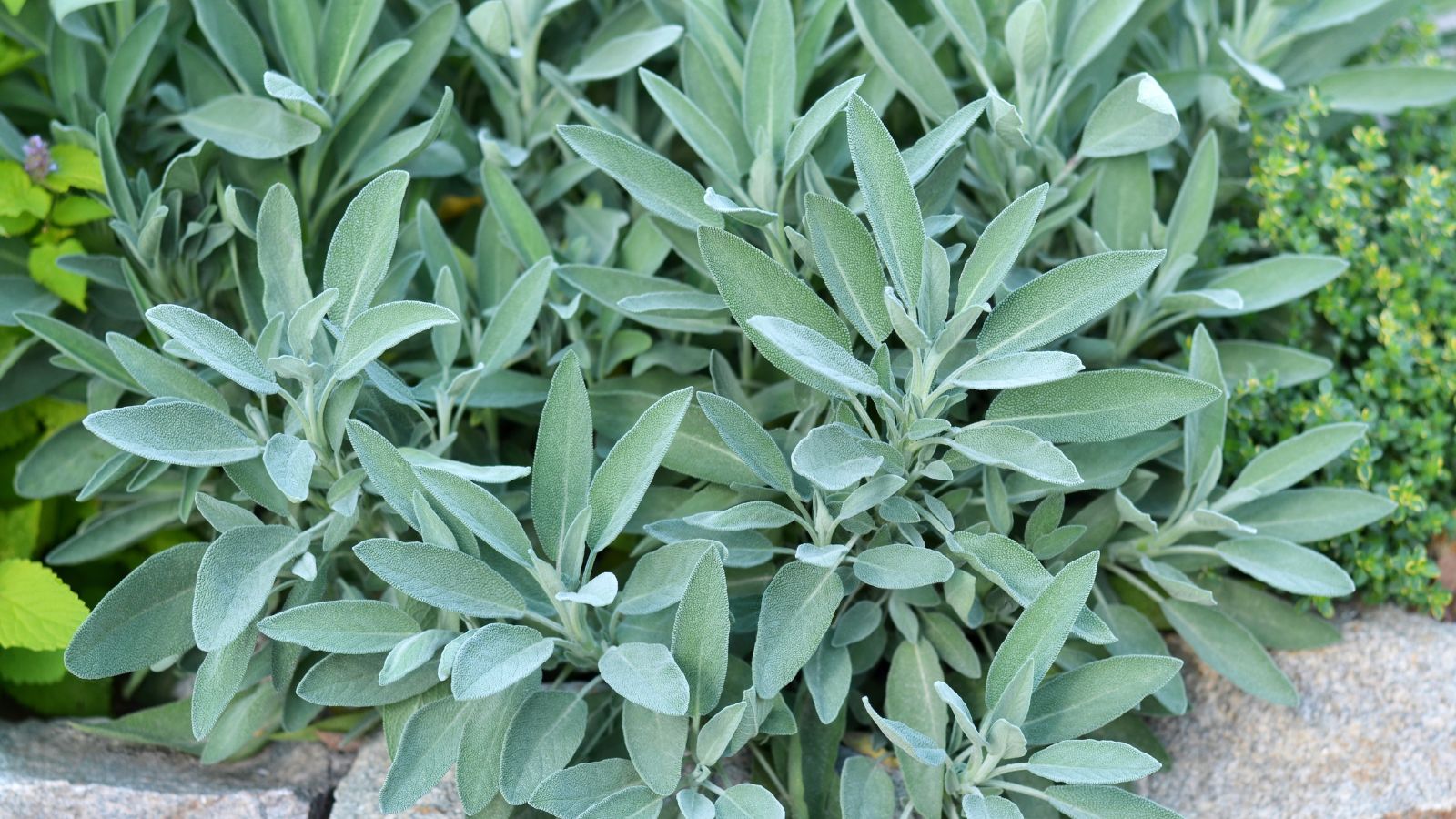
More than just a fragrant herb, sage is deeply rooted in spiritual practices. It’s commonly used in smudging ceremonies to cleanse spaces and people of negative energy. Especially prominent in Southwestern tribes, sage has long been a key part of sacred rituals. Its leaves also serve practical purposes, such as treating colds, sore throats, and digestive issues.
Sweetgrass
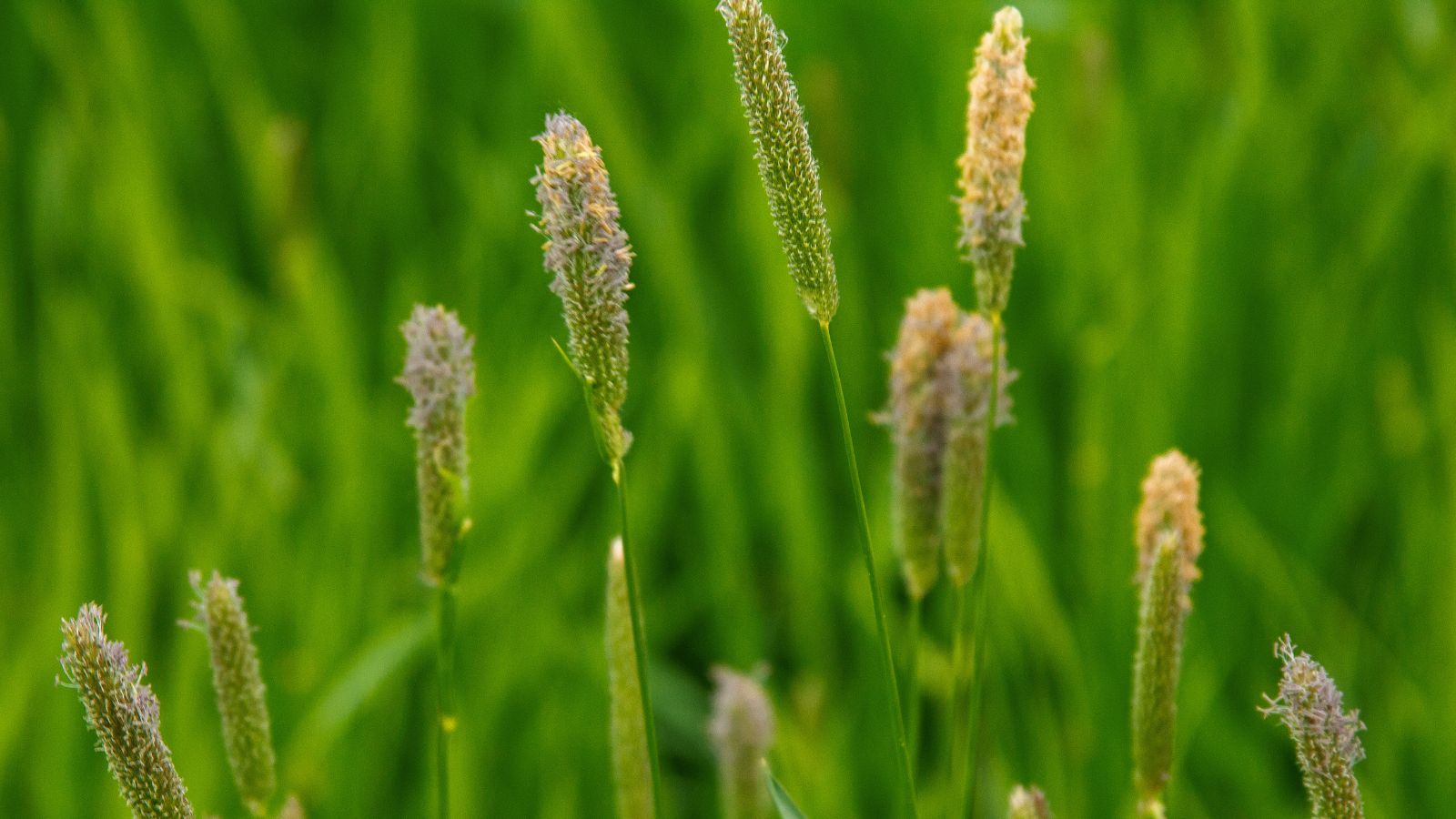
A sacred plant in many Native American cultures, sweetgrass symbolizes peace and purity. Often braided and burned during ceremonies, it is believed to invite positive energy and good spirits. Sweetgrass has also been used for generations in basket weaving, combining both its beauty and cultural significance in creating items passed down within families.
Tobacco
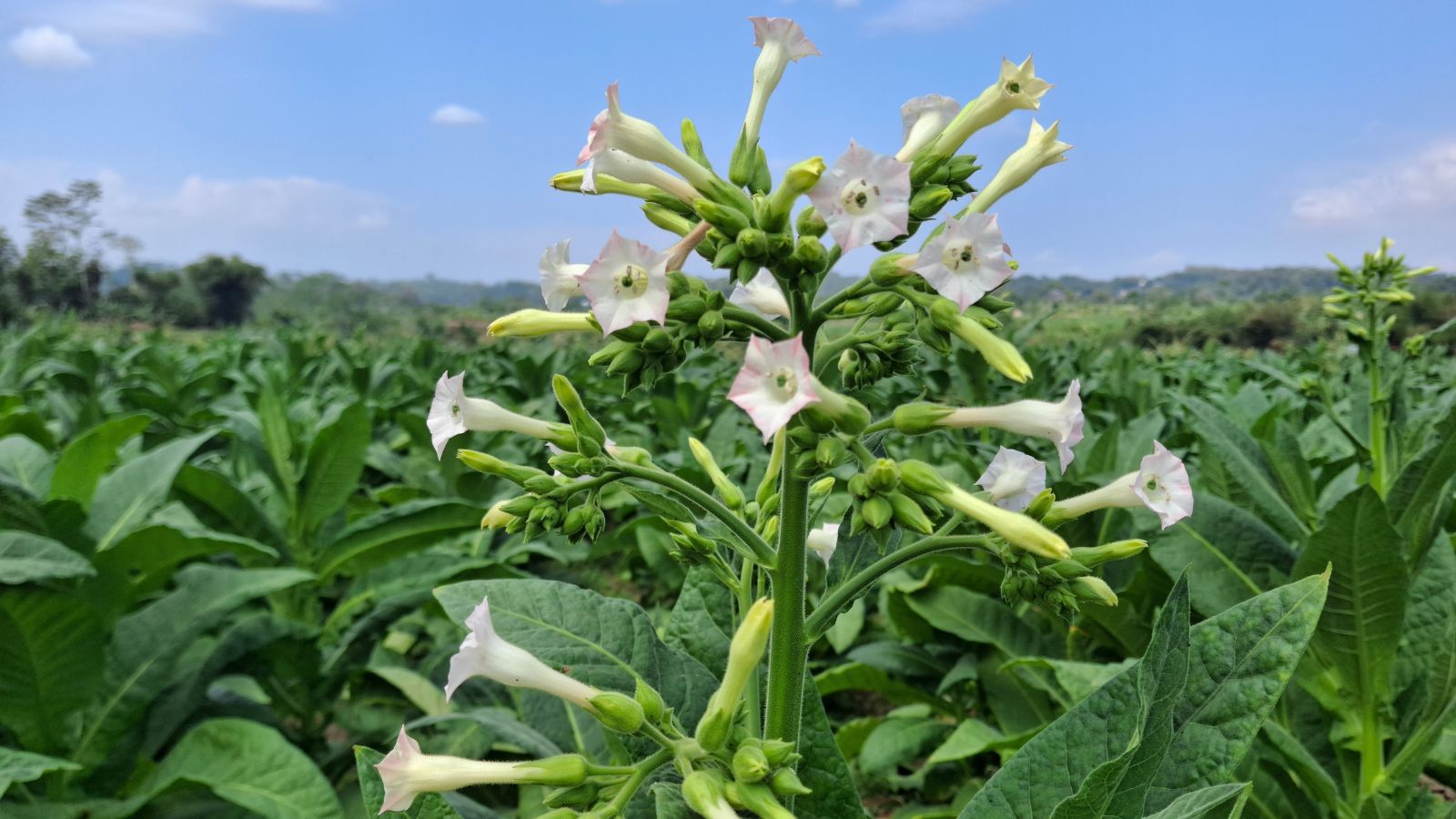
For many Native American tribes, tobacco plays a central role in spiritual rituals. Unlike the commercial tobacco we know today, traditional tobacco is used in prayers, offerings, and ceremonies to communicate with the spirit world. It is often offered to the Earth during harvests, symbolizing gratitude and respect to nature’s gifts.
Cedar
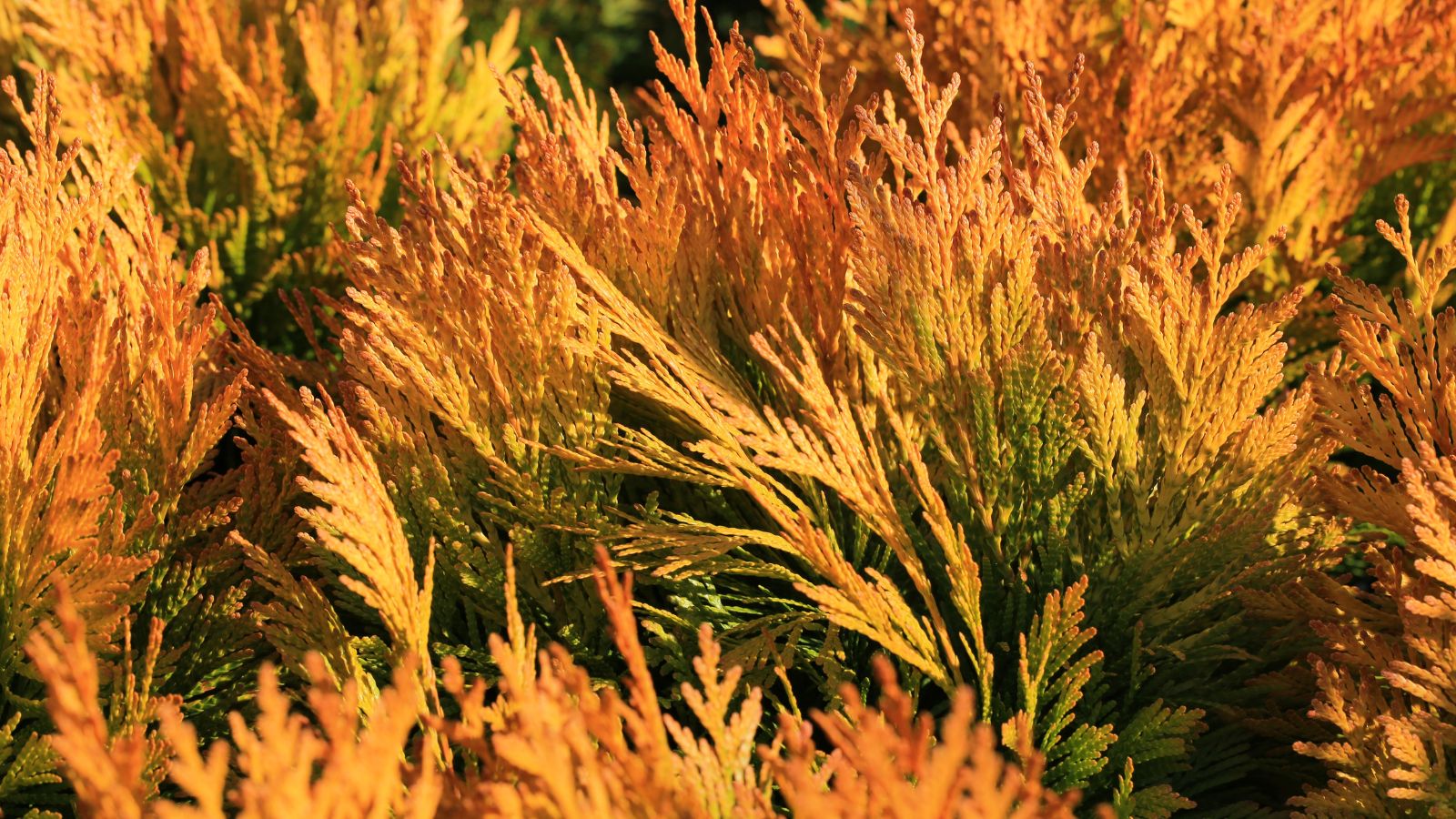
Native Americans have long revered cedar for its protective qualities. Often burned in purification rituals, cedar branches are used to cleanse and safeguard homes and people. Beyond its ceremonial importance, cedar is also made into teas to treat fevers, colds, and coughs, while its wood has been historically valued for crafting tools and shelter.
Yucca
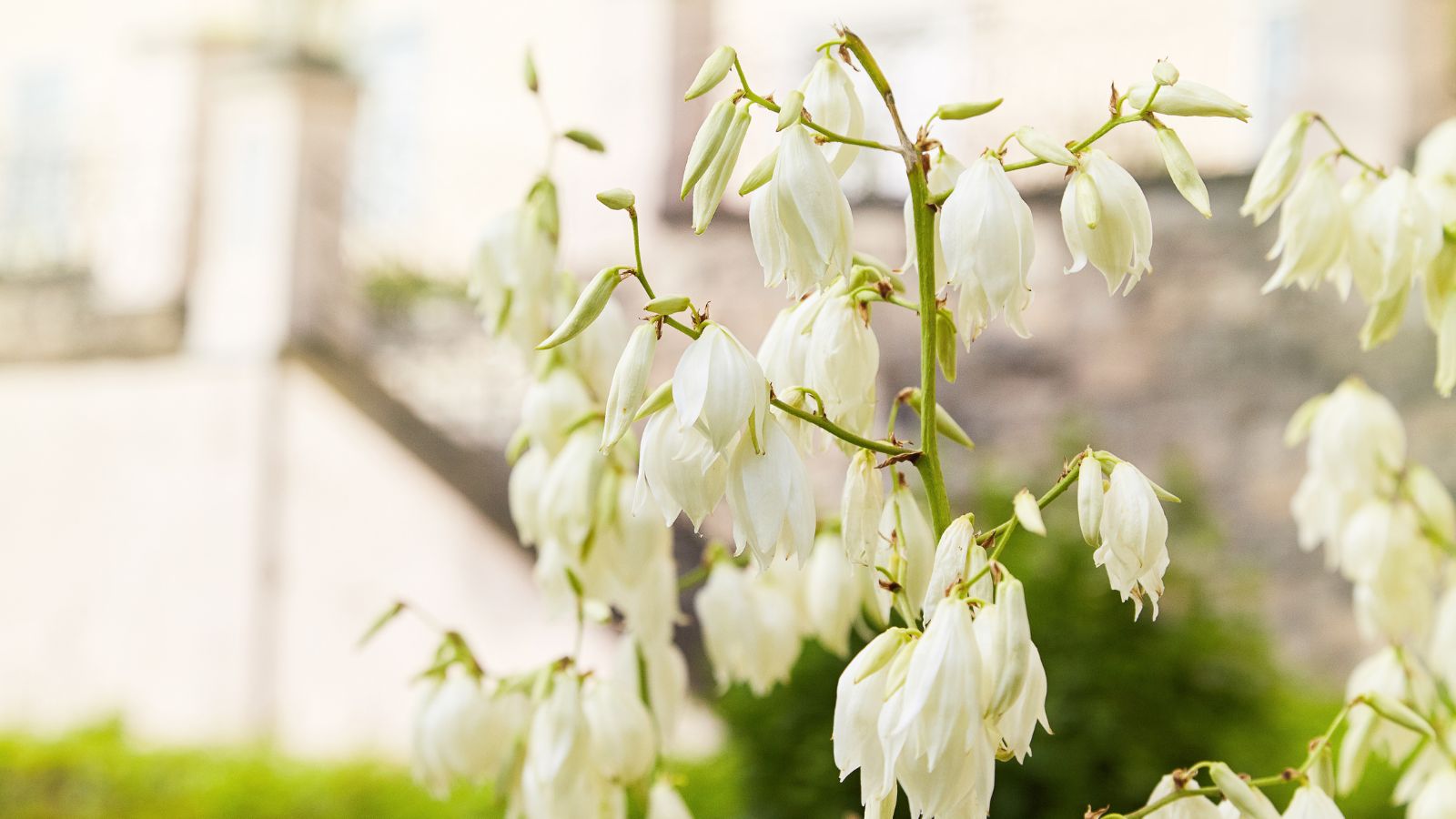
Yucca is much more than a striking desert plant. Native American tribes have used its fibrous leaves to weave baskets, sandals, and mats, showcasing the plant’s versatility. In addition, yucca roots have long been used as a natural soap for cleansing, while its anti-inflammatory properties make it a valuable medicinal plant.
Cattail
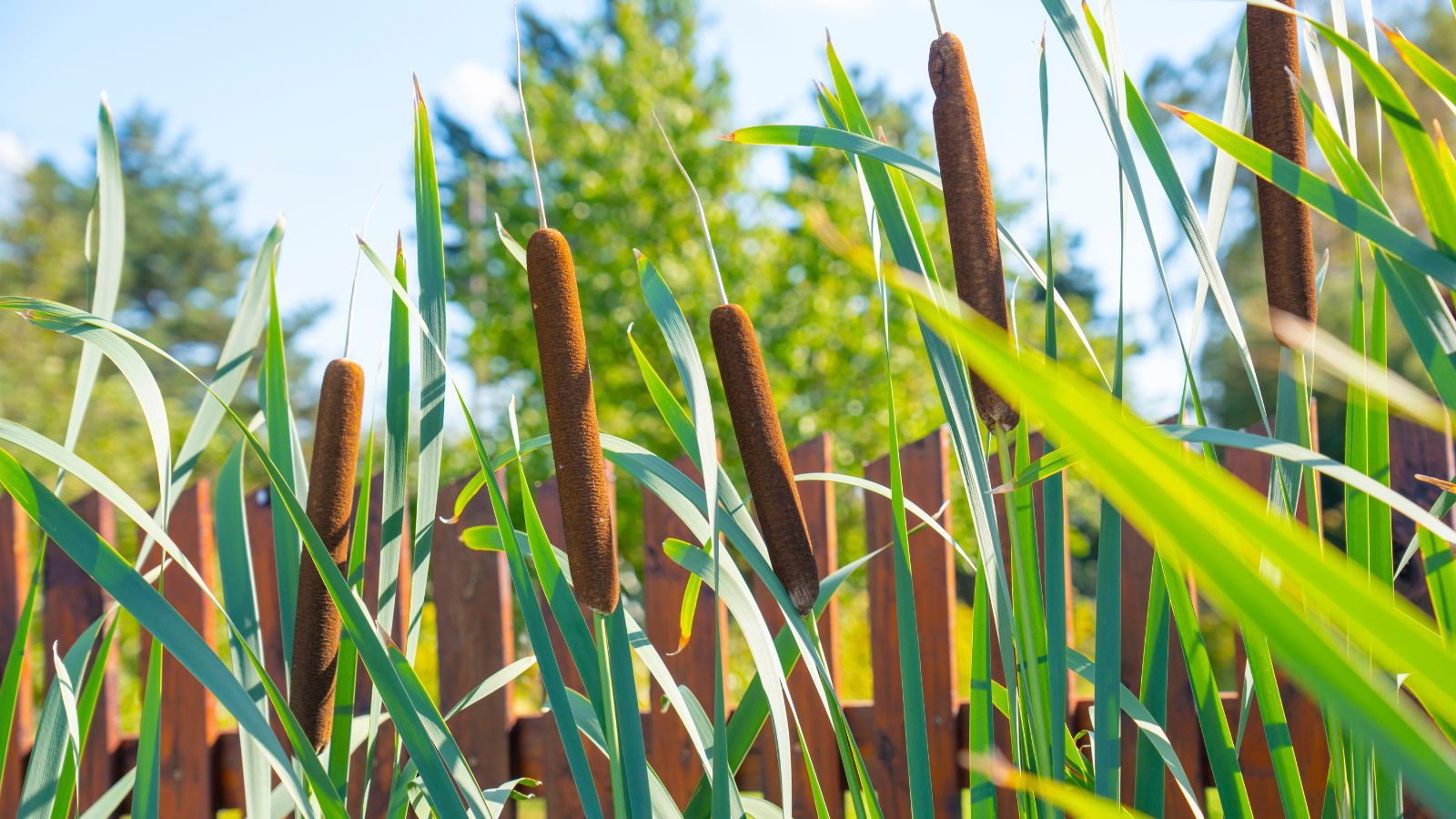
A symbol of resourcefulness, cattails have been used by Native Americans for countless purposes. From weaving mats and baskets to using their roots as a food source, every part of the cattail is valuable. Even the fluffy seed heads served practical uses as insulation for bedding or as material for making fire.
Echinacea
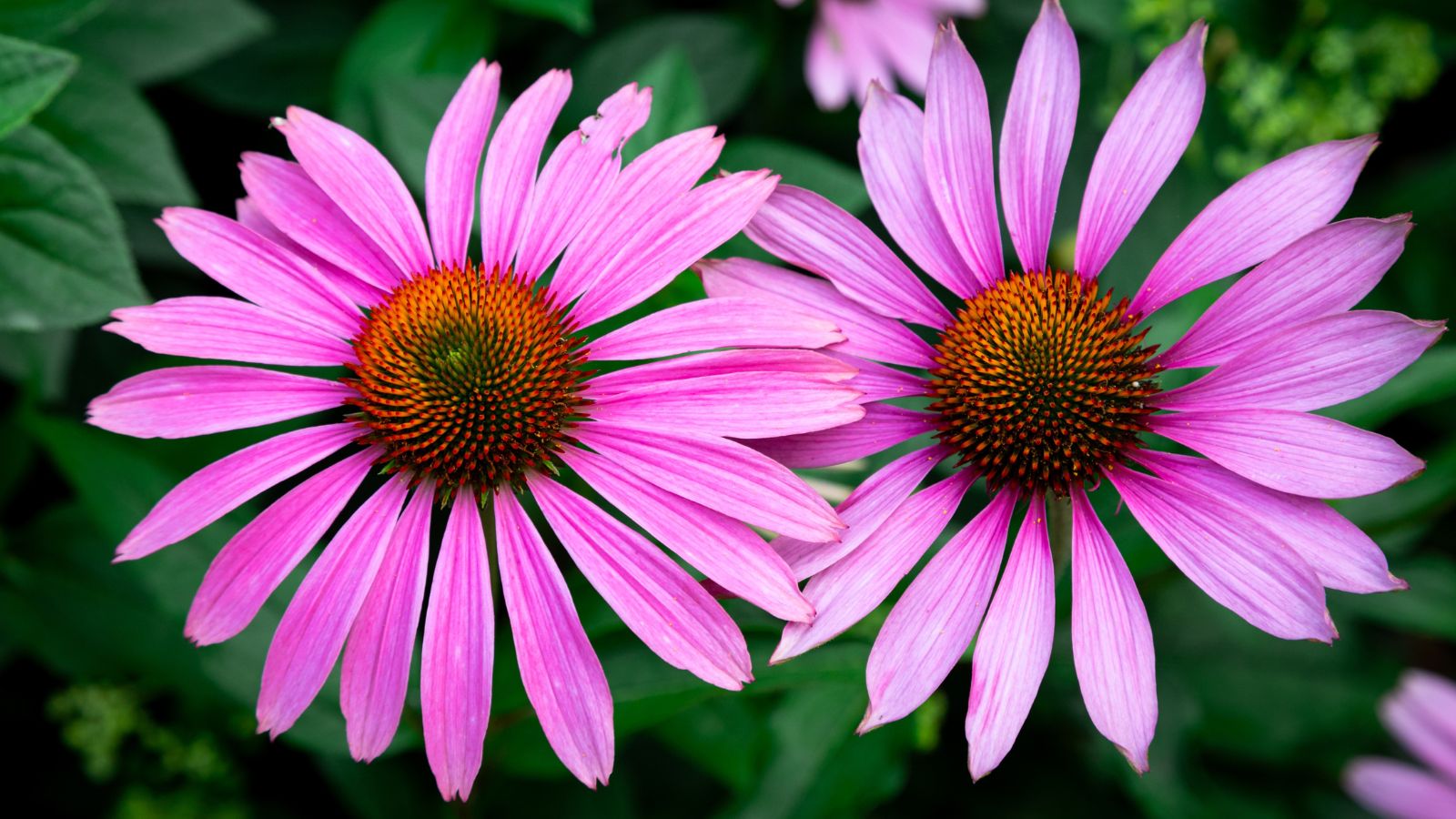
Also known as coneflower, echinacea was a go-to medicinal plant for many Native American tribes. Recognized for its immune-boosting properties, it was often used to treat wounds, infections, and even snakebites. Beyond its healing capabilities, echinacea represents resilience and strength, values deeply woven into Native American culture.
Willow
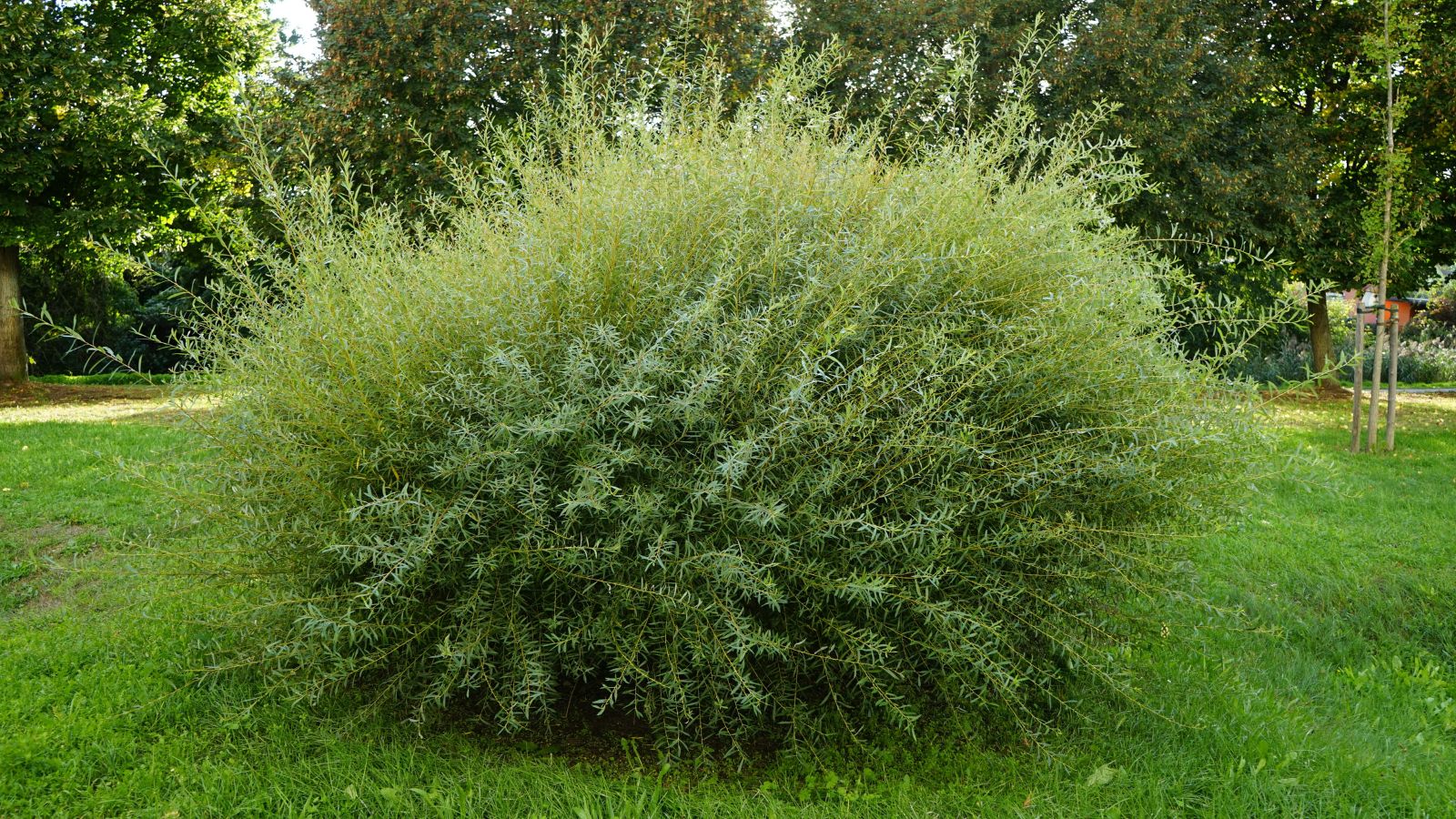
Willow holds a significant place in Native American medicine, primarily because of its pain-relieving qualities. The bark contains salicin, a precursor to modern aspirin. Tribes used it to treat headaches, fevers, and body aches. Beyond medicine, willow branches were often crafted into baskets and other tools, making it an essential resource.
Corn (Maize)
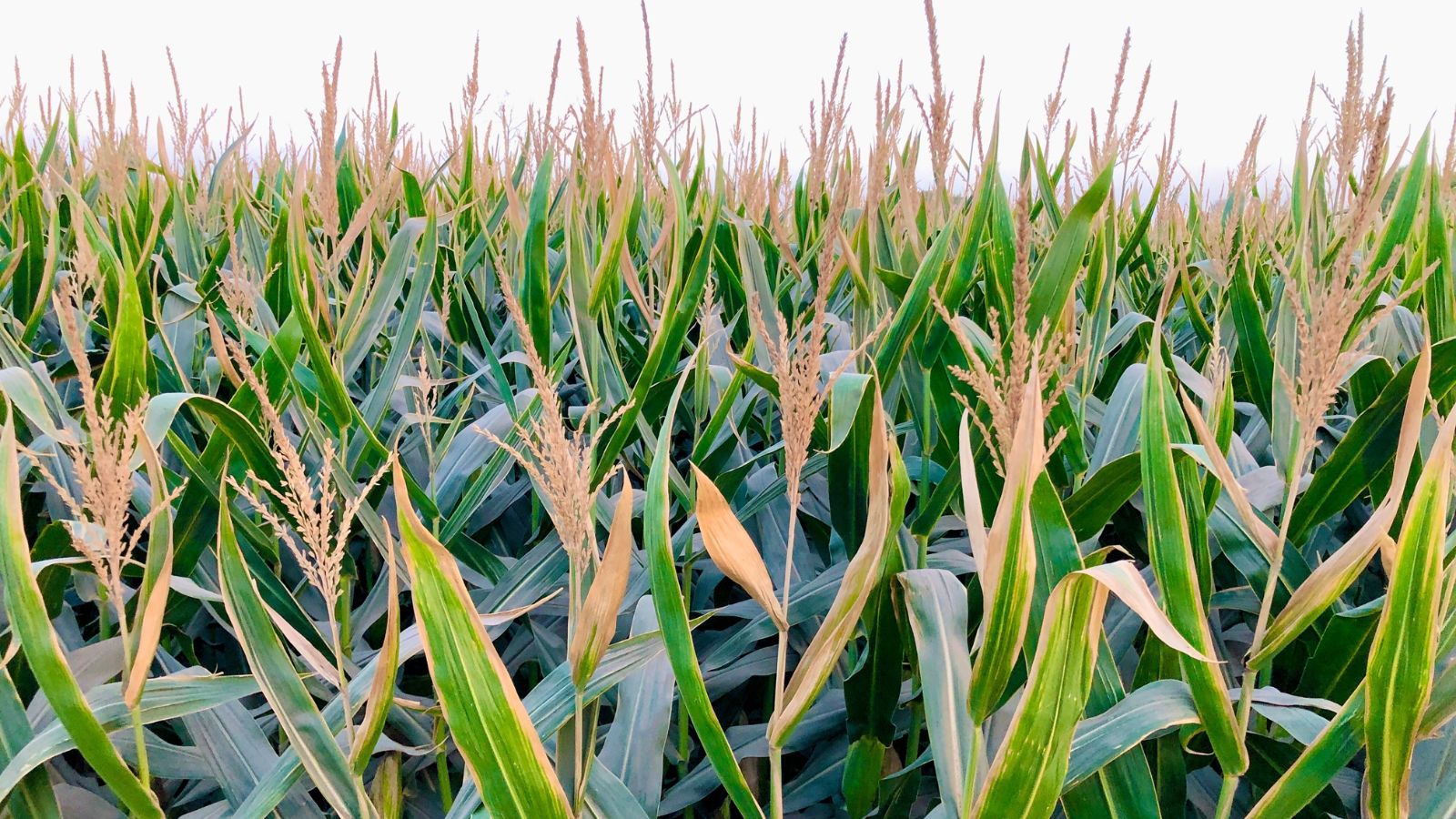
For many Native American tribes, corn is more than just a food crop—it’s a symbol of life and sustenance. Corn played a central role in ceremonies, particularly those honoring the Corn Mother, who was believed to provide life-giving sustenance. Whether used for food, ceremonies, or trade, corn has always been a vital part of Native American life.
Blueberry
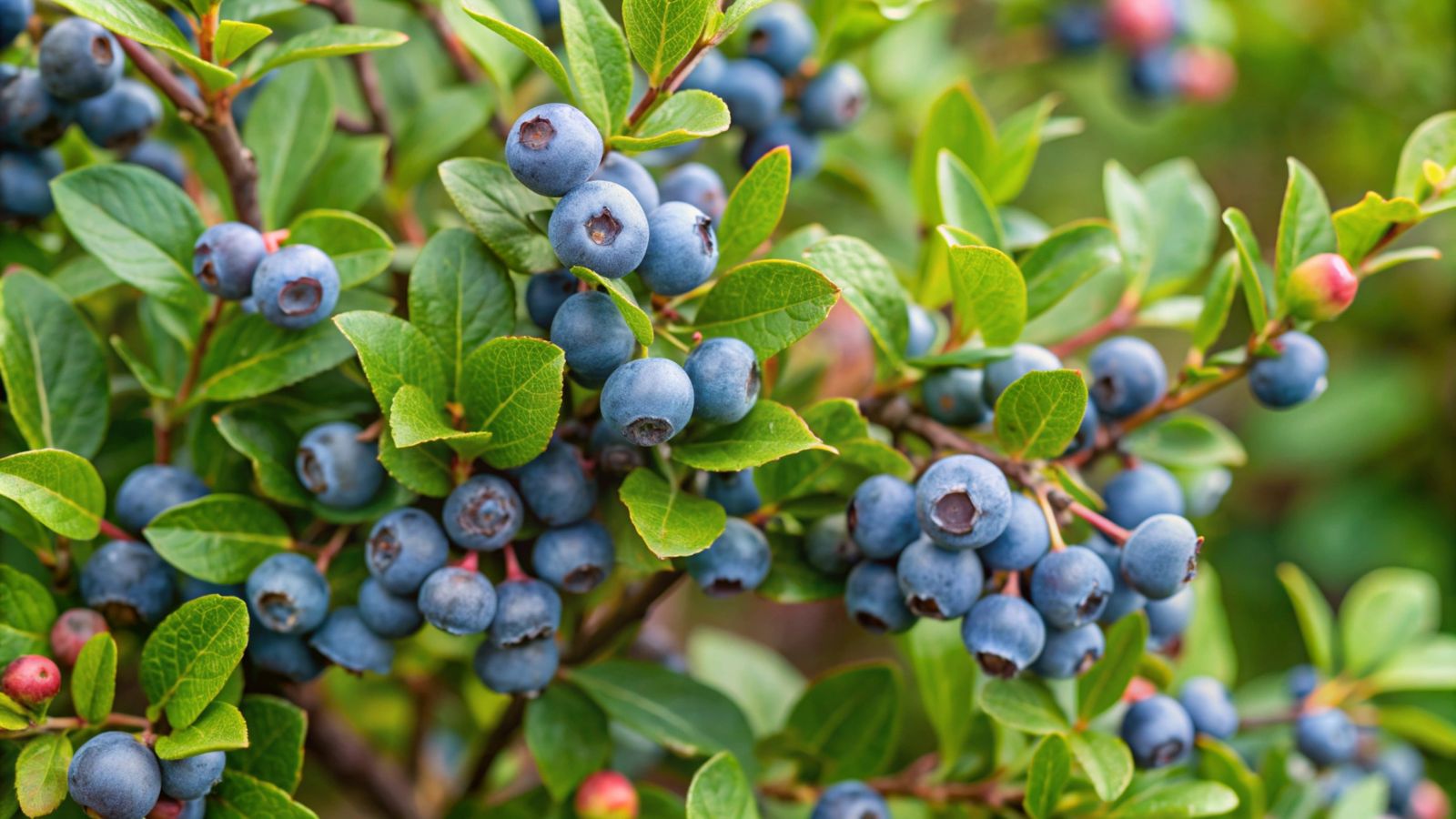
Small but powerful, the blueberry was cherished not just for its sweet taste but also for its medicinal properties. Native American tribes used blueberries to treat a variety of ailments and preserve the fruit by drying it for winter months. In some cultures, the star-shaped blossom on the blueberry was seen as a symbol of protection and abundance.
Sunflower

Beyond its cheerful appearance, sunflowers have been a vital crop for Native American tribes. The seeds were ground into flour or pressed for oil, and their bright flowers had ceremonial importance as well. Sunflowers were also a part of the tribe’s trading networks, providing both nourishment and cultural significance to Native communities.
Juniper
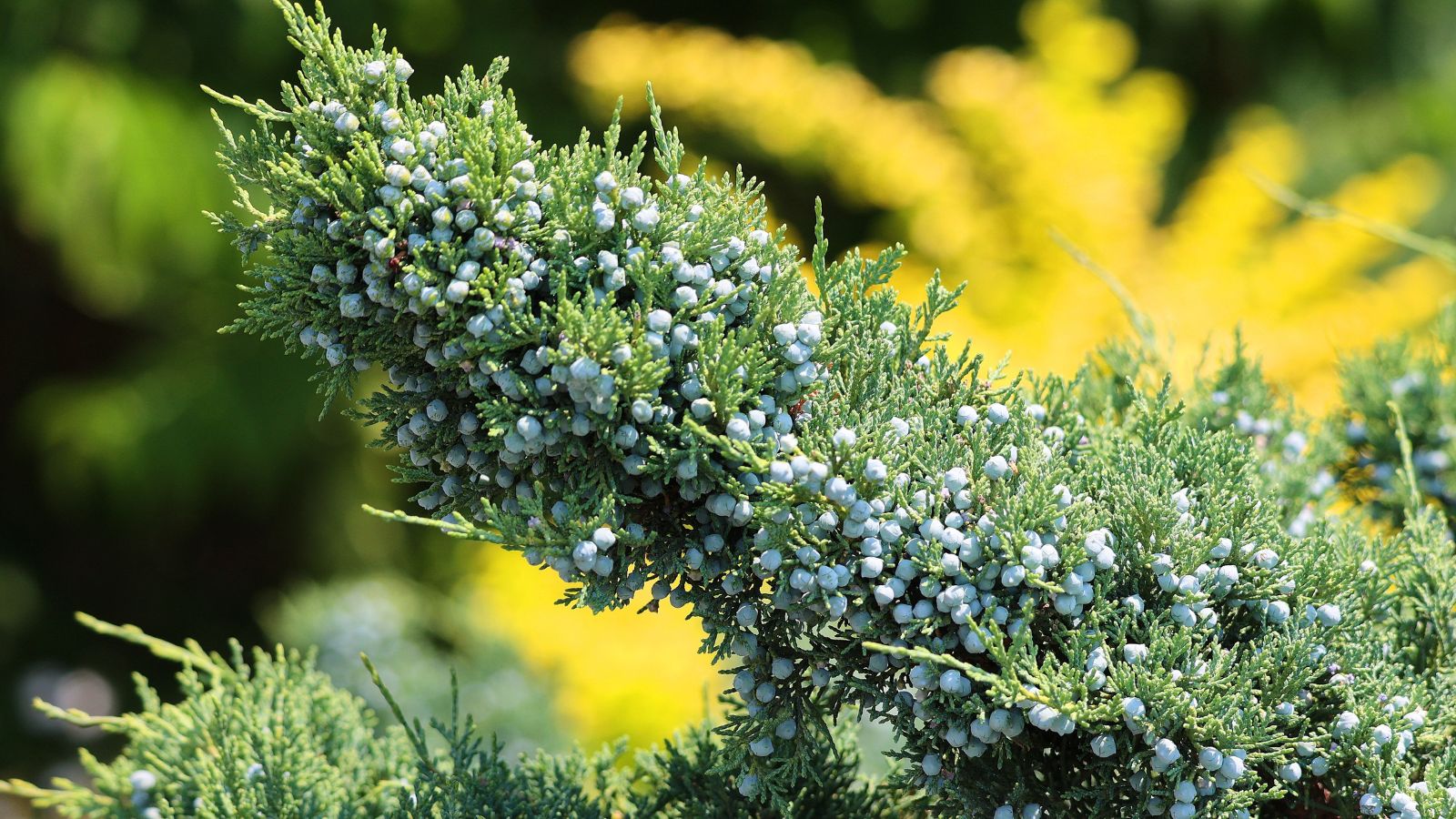
Juniper’s significance goes beyond its medicinal uses. Native Americans burned juniper berries and branches in spiritual ceremonies for protection and purification. The berries were also used to treat a variety of ailments, including arthritis. Additionally, juniper wood was prized for making tools and shelter, demonstrating the plant’s versatility in daily life.
